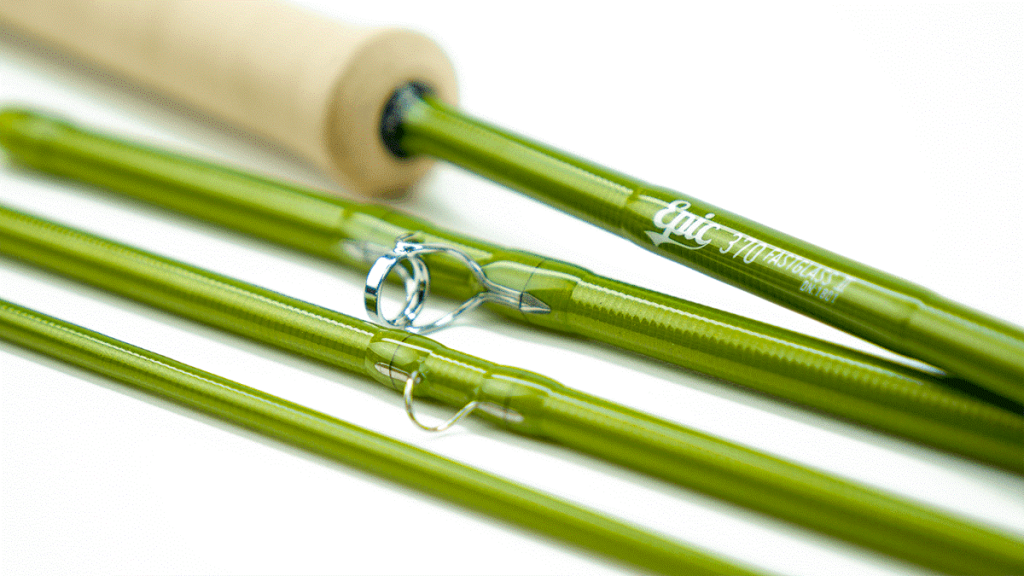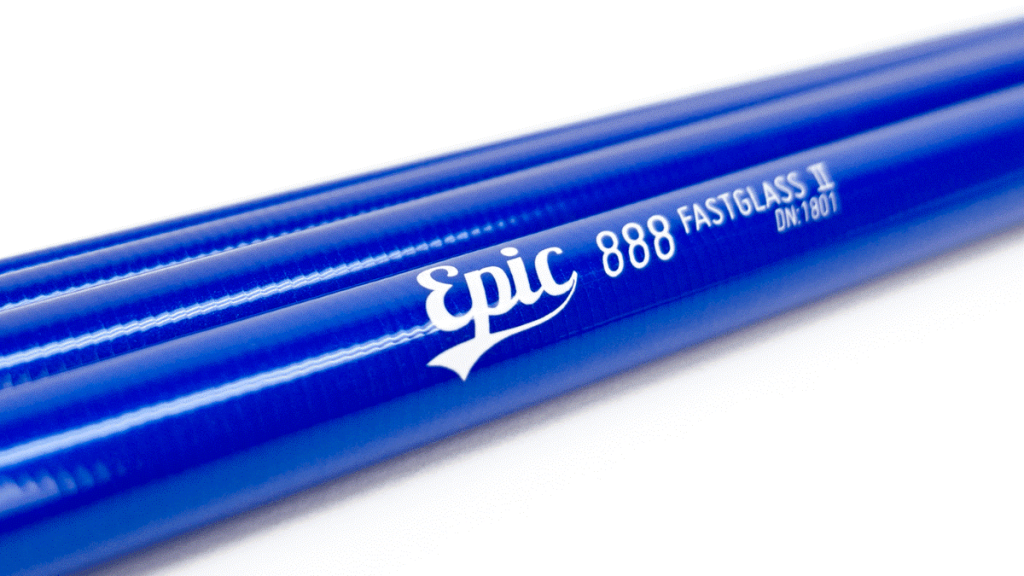

When it comes to selecting the right fly rod there is a bewildering array of choices. Length, weight or more correctly power, action, material and budget all come into play. Here are a number of considerations that should help make the right choice:
Weight / Power:
While it might seem a simple choice when choosing the weight of fly rod you require there are a couple of careful considerations to make.
You’ll not only need to give consideration to the species you are targeting, careful consideration needs to be given to the flies you will be throwing. As an example, most Trout rods sold in the USA are a 5 weight 9 foot rod (In New Zealand that go to rod is a 9ft 6 weight) – However, if you tend to throw larger weighted cone-head woolly buggers and heavily weighed nymphs the rod required to get the job done well will be quite different from that used to present delicate dry flies and emergers.
Big flies require heavier more aggressively tapered fly lines and stouter fly rods. Small dries are best cast with fuller flexing rods that load up in close.
The trick here is to not only select for species, but also give consideration to the flies and type of fly line you will be predominantly using.

Length
All things being equal, longer fly rods (9ft +) are better for mending line and getting that all important drag free drift. A longer rod is also a longer lever, and assuming you are a competent caster this will assist in gaining some distance. However, long rods are difficult to manage on small streams, particularly those that are overgrown with tree cover and bushes.
Short rods tend to be more accurate and make for easier casting on small streams with obstructions.
Action
Fly rod action generally refers to how the rod bends and where it first starts to bend for a given load – we call this the lockup point. We’ve all heard fly rods referred to as being stiff, fast, soft or slow. Tip action, mid action or butt action are also common terms.
Stiff rods do not cast any further than slow rods – that’s all down to the casters ability.
Stiff rods resist bending more than slow rods and for this reason they require more mass outside the tip to get them to perform. These rods are better suited to casting weighed flies, longer heavier lines and tend to be better suited to saltwater fly fishing and windy conditions.
Softer, slower fly rods tend load up at closer distances, and require less mass outside the tip to perform. They are easy to cast, easier of fish and are easier on fly casters, they do a much better job of protecting light tippets. If you want to go dry and fine, grab a softer fly rod.

Material
Fiberglass or Carbon Fiber?
Fiberglass rods have made a big comeback. Old style e-glass rods are inexpensive, tough but heavy and are full flexing. By comparison to more modern glass composites they are not particularly accurate. They also tend to have much higher swing weights and are not as precise an instrument. “Cheap and cheerful” is where they sit.
The more modern S-Glass and S2 Glass materials deliver the benefits of ‘glass’ without the cumbersome weight, their swing weights tend to be lower and overall they are far more responsive and accurate than their cheap e-glass predecessors.
Modern Glass composites such as the FastGlass® material and tapers used in Epic Fly rods are light, responsive and extremely tough. A world apart from lower quality glass rods sold by most manufacturers.
Carbon fiber – referred to as graphite in the US market, is a lightweight rigid composite well suited to fly rod construction. Although a lot has to do with taper, Carbon rods tend to be lighter, stiffer and more responsive than rods of glass composite. The big downside to carbon fibre is that compared to glass they are not nearly as tough and durable and as such are more prone to breakages.
Carbon rods are great for stiffer rods at longer lengths and two handed rods. Glass is not the material for a big two hander!
Glass rods are terrific in smaller sizes and right at the other end of the scale in heavier rods dues to their durability and resistance to breaking.

Budget:
Pretty simple – buy the best quality fly rod you can afford. Buying cheap doesn’t pay. Budget fly rods are not only built on cheap blanks but they also have inferior quality reel seats and guides Their overall construction is inferior. Guide wraps can be of poor quality leading to rusted guides. Reel seats, and grips tend also to deteriorate quickly.